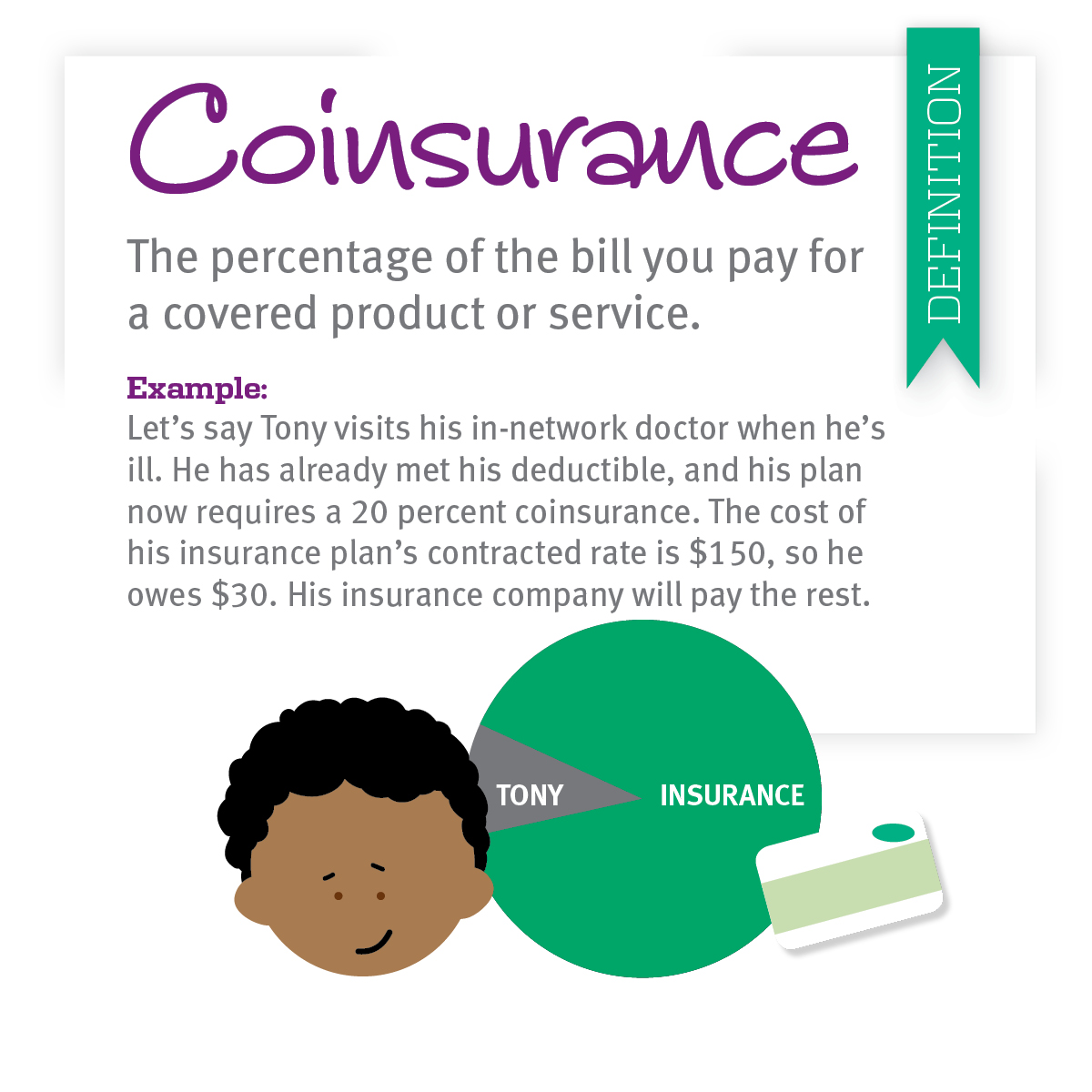

After your deductible is met, you typically pay 20% of the In Original Medicare, this is the amount a doctor or supplier that accepts assignment can be paid. The standard Part B premium amount is $148.50 (or higher depending on your income) in 2021.You pay $203.00 per year for your Part B deductible in 2021. If you buy Part A, you will pay either $259 or $471 each month in 2021. If you don't qualify for premium-free Part A, you can buy Part A. Most people don't pay a monthly premium for Part A (sometimes called " premium-free Part A"). (n.d.).View a summary of Medicare premium, deductible, and coinsurance rates that are in effect in 2021.īelow is a summary of basic costs for people with Medicare. Your total costs for health care: Premium, deductible & out-of-pocket costs.What is coinsurance? 9 mysteries of health insurance-solved.You can learn more about how we ensure our content is accurate and current by reading our editorial policy. We link primary sources - including studies, scientific references, and statistics - within each article and also list them in the resources section at the bottom of our articles.

Medical News Today has strict sourcing guidelines and draws only from peer-reviewed studies, academic research institutions, and medical journals and associations. Once people reach their out-of-pocket maximum, people will no longer have to pay coinsurance for the rest of the year. If people meet their deductible and continue to need medical services, a high coinsurance percentage will mean they pay more than if they had a lower percentage coinsurance. The higher the percentage that people have to pay for coinsurance, the higher their costs will be.Ī high coinsurance percentage may not be an issue if people do not meet their deductible, as they will only pay coinsurance after reaching their deductible. Risks of having high coinsurance percentage HMO plans require people to use providers within the plan’s network, otherwise, people will need to cover the costs themselves. With some plans, such as an HMO plan, people may not have to pay any coinsurance. If people are likely to face high medical costs, they may want to pay a higher monthly premium with lower coinsurance and other out-of-pocket expenses. If people are less likely to require regular medical care and may only need it in an emergency, they may want to pay lower premiums with higher coinsurance. A plan with higher premiums may have lower coinsurance. Does a person want high or low coinsurance?Īccording to, people will typically pay more in coinsurance if they have lower monthly premiums. After that, insurance will cover the total cost of covered services for the remainder of the year. People pay coinsurance until they meet their out-of-pocket maximum. Depending on the type of plan people have, an insurance provider may pay 80% of medical costs, and people pay the remaining 20%. Coinsurance is a percentage of medical costs that people pay after they have reached their deductible.įor example, once a person has reached their deductible, coinsurance will cover a percentage of the costs.


 0 kommentar(er)
0 kommentar(er)
